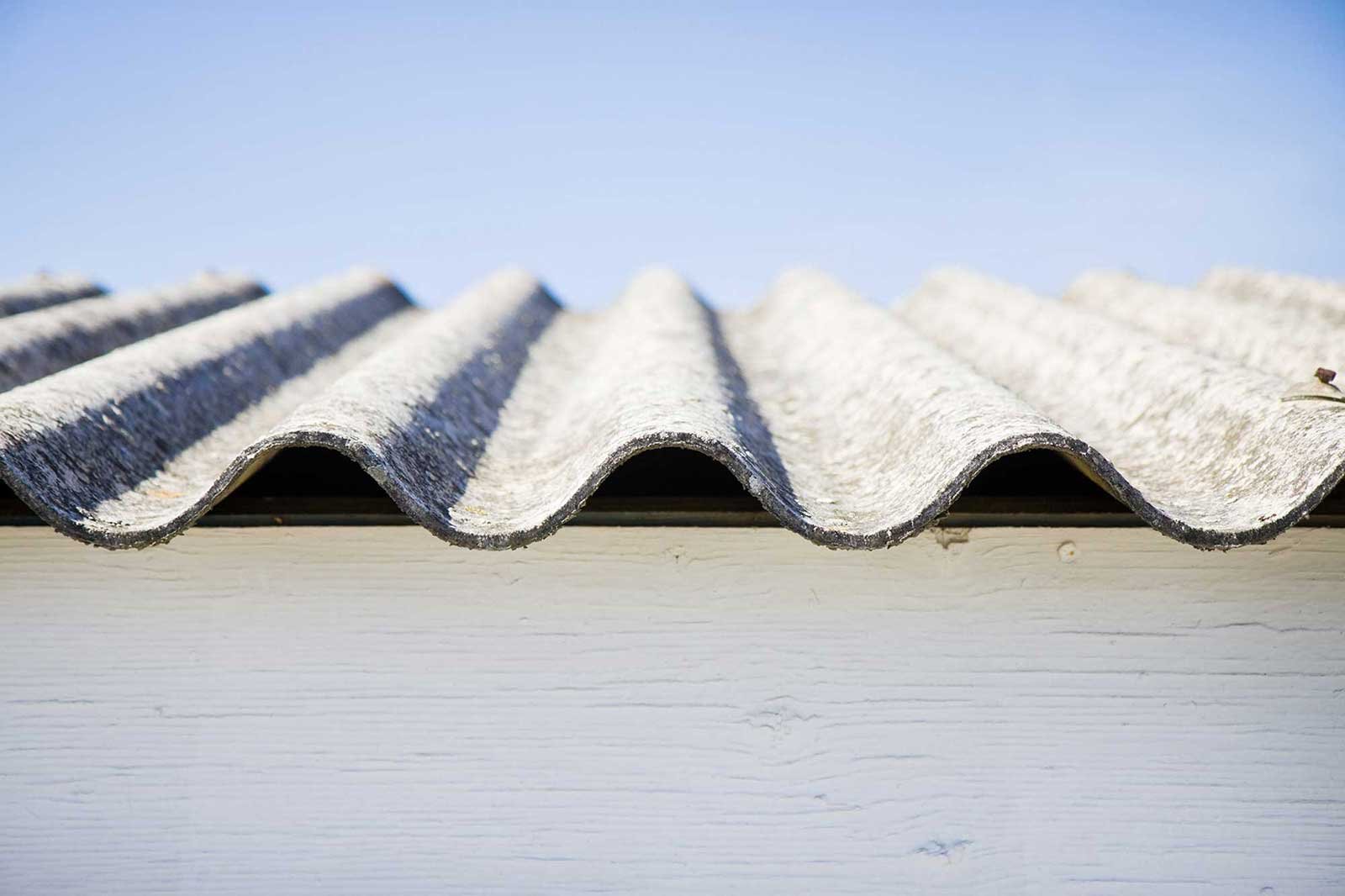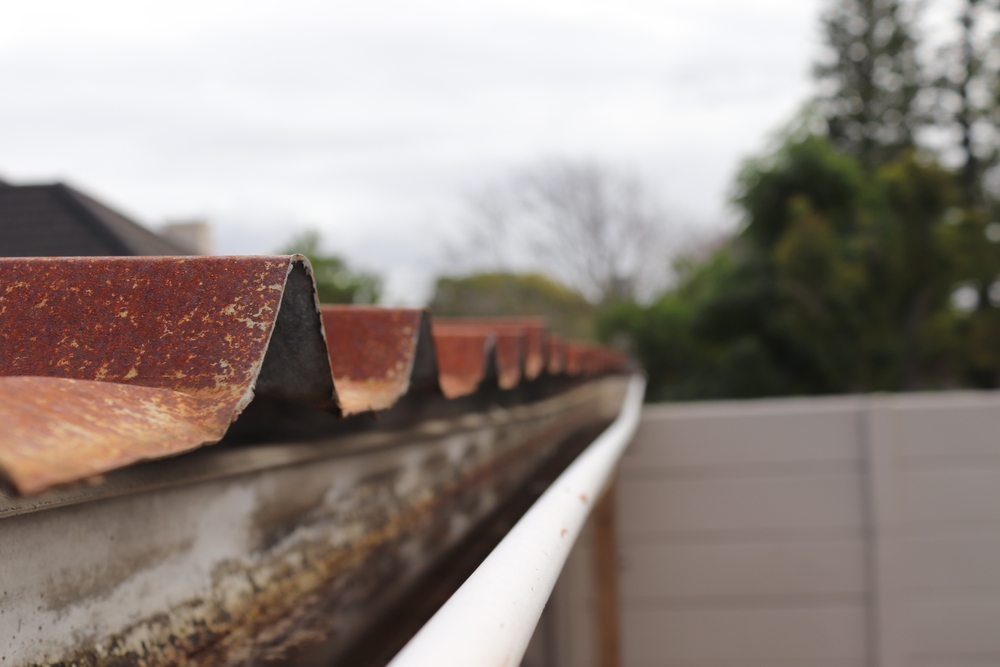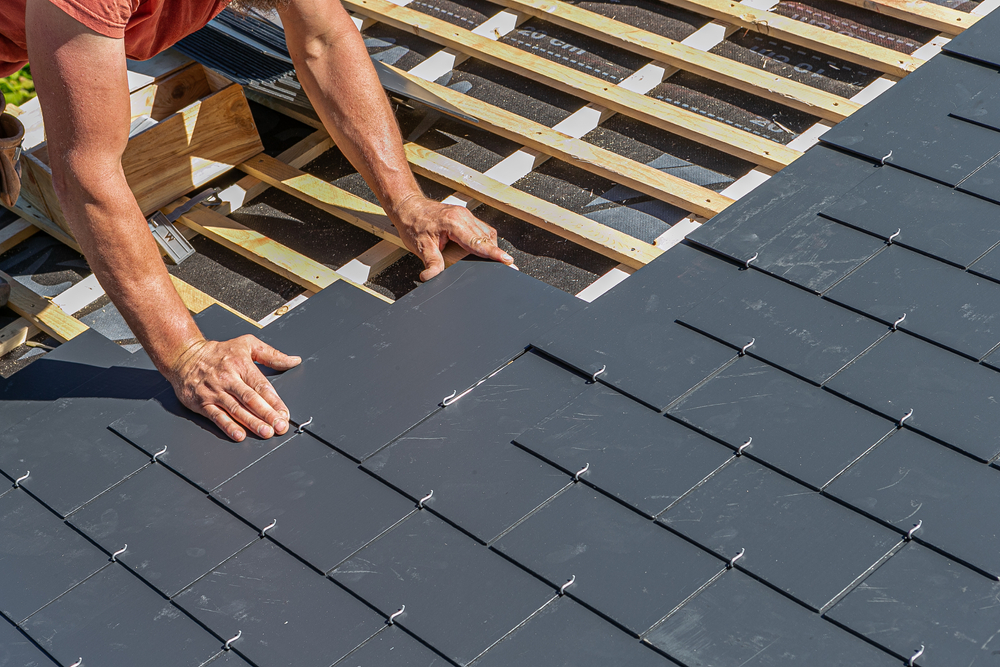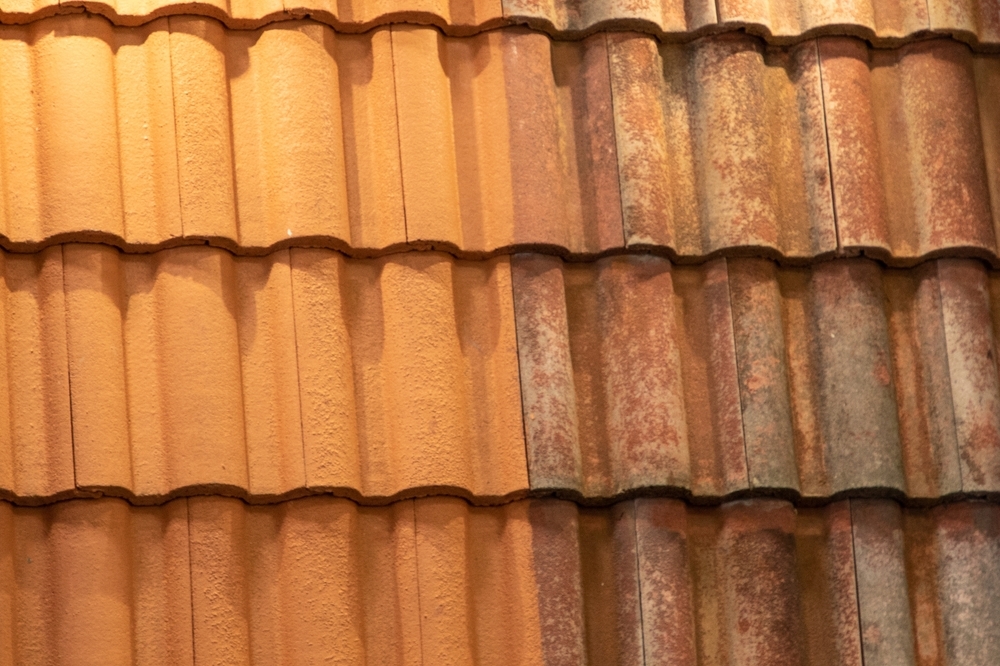
Dec
How Much Does it Cost to Install Skylights on my Roof?
Adding skylights to your roof is a great way to enhance your home’s aesthetics, improve energy efficiency, and increase natural light. However, understanding the associated costs is crucial to making an informed decision.
In this detailed guide, we’ll break down everything you need to know about skylights, their benefits, installation costs, factors that affect pricing, and how long the process takes.
What is a Skylight?
A skylight is a window installed on the roof or ceiling that allows natural light to enter a space. Skylights are popular in residential and commercial properties for their ability to transform interiors by bringing in abundant sunlight. Depending on their design and function, they can be fixed, operable, or tubular.
Types of Skylights
- Fixed Skylights: These do not open for ventilation and are designed primarily for lighting purposes.
- Ventilated Skylights: These can open, either manually or automatically, to improve airflow.
- Tubular Skylights: Compact and efficient, these bring sunlight into smaller spaces like hallways or closets through reflective tubing.
- Custom Skylights: Tailored to specific aesthetic or structural requirements, these are the most versatile but also the most expensive option.
Skylights can be made of various materials such as glass or acrylic and framed with materials like aluminium, wood, or vinyl, each offering different benefits and price points.
Skylight Benefits
If you’re considering installing a skylight, you’ll be pleased to know that the benefits extend beyond aesthetics. Here are some key advantages:
1. Enhanced Natural Light
Natural light can make spaces feel larger, brighter, and more inviting. This can be especially beneficial in rooms without sufficient windows or in areas like attics, bathrooms, or kitchens.
2. Lower Energy Bills
By reducing your reliance on artificial lighting during the day, skylights can help lower electricity costs. Modern skylights with energy-efficient glazing can also regulate indoor temperatures, reducing heating and cooling expenses.
3. Better Air Quality
Ventilated skylights improve indoor air quality by allowing fresh air to circulate. They’re particularly useful in moisture-prone areas, as they help reduce humidity and prevent mould growth.
4. Aesthetic Appeal
Skylights add a touch of luxury and sophistication to any space. They can also highlight architectural features, making your home feel more upscale and modern.
5. Boosted Property Value
Homes with well-designed skylights often appeal to potential buyers, which can increase your property’s market value.
6. Health Benefits
Sunlight is a natural mood enhancer and helps regulate circadian rhythms. Skylights bring this benefit indoors, creating a healthier and more comfortable living environment.

Cost of Skylight Installation
The cost of installing a skylight depends on several factors, including the type of skylight, the materials used, and labour. Here's a closer look at the costs:
General Costs
- Fixed skylight: $500–$1,500
- Ventilated skylight: $1,000–$2,500
- Tubular skylight: $450–$1,300
- Custom skylights: $2,000–$4,000+
Additional Costs
- Flashing and sealing: $200–$500
- Permits (if required): $50–$300
- Interior finishing: $300–$1,000
The total cost varies based on the complexity of the installation and the quality of materials chosen.
Factors Influencing Skylight Costs
Understanding the elements that influence skylight pricing can help you make better decisions and manage your budget effectively.
1. Skylight Type
The type of skylight plays a major role in determining costs. Fixed skylights are more affordable, while ventilated and custom designs are costlier due to additional features or tailored designs.
2. Skylight Size and Design
The larger the skylight, the higher the cost, as larger units require more materials and labor. Designs with intricate shapes or features, such as integrated blinds or motorised ventilation, will also add to the expense.
3. New Installation vs Replacement
Installing a skylight for the first time is more expensive because it involves cutting into the roof, structural reinforcements, and additional materials. Replacement skylights are generally less costly since the existing framework can often be reused.
4. Roof Pitch
The angle or pitch of your roof can impact installation difficulty. Flat or low-pitched roofs are easier to work on, whereas steeply sloped roofs require more safety equipment and skilled labor, increasing costs.
5. Skylight Materials
High-performance materials such as tempered or laminated glass with low-emissivity coatings are more expensive but provide better energy efficiency and durability. Similarly, frame materials like wood or high-grade metal cost more than basic aluminium or vinyl.
6. Labour Costs
Labour costs vary depending on your location, the complexity of the project, and the contractor’s expertise. On average, labour expenses range from $500 to $1,500. Roof accessibility and weather conditions can also affect labor costs.
7. Additional Features
Features like motorised operation, rain sensors, or built-in blinds can increase the price significantly. These add convenience and functionality but come with added costs for installation and materials.

How Long Does it take to Install a Skylight?
The time it takes to install a skylight depends on the type of installation and the condition of your roof. Here’s an approximate timeline:
- Basic installation: 1–2 days
- Complex projects (e.g., large or custom skylights): 2–4 days
- Roof modifications or reinforcements: May add an additional 1–2 days
Factors that can delay installation include weather conditions, roof accessibility issues, or unexpected complications like structural repairs.
Tips for Managing Skylight Installation Costs
To get the most value out of your skylight installation, consider these tips:
- Compare quotes: Obtain estimates from multiple contractors to ensure competitive pricing.
- Choose energy-efficient materials: Investing in high-quality materials can save you money on energy bills in the long run.
- Plan during the off-season: Roofing contractors may offer better rates during slower seasons.
- Consult with experts: Professional advice can help you select the right skylight type and size for your space.

Common Mistakes to Avoid When Installing a Skylight
Installing a skylight can be a rewarding project, but it’s not without its challenges. Mistakes during the planning or installation process can lead to costly repairs, leaks, or inefficiencies. Here are common pitfalls to watch out for and how to avoid them.
1. Choosing the Wrong Skylight Type
Not all skylights are suitable for every space. Selecting the wrong type can result in functionality issues or dissatisfaction with the final result.
- Fixed skylights: Ideal for areas where ventilation isn’t a priority, such as hallways or living rooms.
- Ventilated skylights: Better for moisture-prone areas like bathrooms or kitchens, where airflow is crucial.
- Tubular skylights: Best for small or confined spaces like closets, where a traditional skylight might not fit.
Avoid the mistake: Assess the specific needs of your space before choosing a skylight. Consult a professional if you're unsure which type will work best for your home.
2. Poor placement
The location of your skylight significantly impacts its effectiveness. Improper placement can result in too much heat gain, glare, or inadequate lighting.
- Heat and glare: South-facing skylights may allow too much sunlight in warmer climates, leading to overheating. On the other hand, north-facing skylights provide consistent light without excessive heat.
- Shadows and obstructions: Skylights placed near large trees, chimneys, or other structures may not receive adequate sunlight.
Avoid the mistake: Work with an installer to determine the best orientation and placement for your skylight, considering factors such as your region’s climate, roof layout, and potential obstructions.
3. Ignoring Energy Efficiency
Not all skylights are energy-efficient, and overlooking this aspect can lead to increased energy bills. Low-quality materials or outdated designs may result in poor insulation and heat loss.
- Glass quality: Single-pane glass lacks insulation, leading to higher heating or cooling costs.
- UV protection: Skylights without UV coatings can cause furniture, flooring, or paint to fade over time.
Avoid the mistake: Choose energy-efficient skylights with double or triple-pane glass, low-emissivity coatings, and proper sealing to minimise heat transfer and protect your interiors.
4. Skipping Professional Installation
DIY skylight installation may seem like a way to save money, but improper installation often leads to leaks, structural damage, or unsafe conditions.
- Incorrect flashing: Poorly installed flashing can allow water to seep into your roof, causing leaks and long-term damage.
- Structural issues: Cutting into the roof without proper reinforcements can weaken its integrity.
Avoid the mistake: Always hire a professional contractor with experience in skylight installation. They’ll ensure the job is done safely and correctly, saving you time and potential repair costs.
5. Overlooking Ventilation and Moisture Control
Skylights in moisture-prone areas like bathrooms or kitchens can cause condensation if not properly ventilated. This can lead to mould, mildew, and water damage over time.
Avoid the mistake: Consider installing ventilated skylights or pairing your skylight with additional ventilation solutions, such as exhaust fans, to prevent moisture buildup.
6. Underestimating Maintenance Needs
Skylights require regular cleaning and occasional maintenance to ensure optimal performance. Dust, debris, and weather-related wear can affect their functionality over time.
Avoid the mistake: Choose skylights with easy-to-clean surfaces and durable materials. Set a regular schedule for maintenance and inspections to catch potential issues early.
7. Neglecting Budget Planning
The cost of skylight installation involves more than just the skylight itself. Additional expenses such as flashing, permits, finishing, and potential roof repairs can add up quickly.
Avoid the mistake: Create a comprehensive budget that includes all potential costs. Discuss these with your contractor to avoid surprises.
Final Thoughts
Skylights are an excellent way to enhance your home’s aesthetics, improve energy efficiency, and create a healthier living environment. While the cost of installation varies, understanding the factors that influence pricing can help you budget effectively. Whether you’re installing a fixed skylight in your bedroom or a custom skylight in your living room, the investment can significantly transform your space.
Ready to get started? Contact our team for expert advice and high-quality skylight installations tailored to your needs. Let us help you bring the beauty of natural light into your home!

























.jpg)

.jpg)













